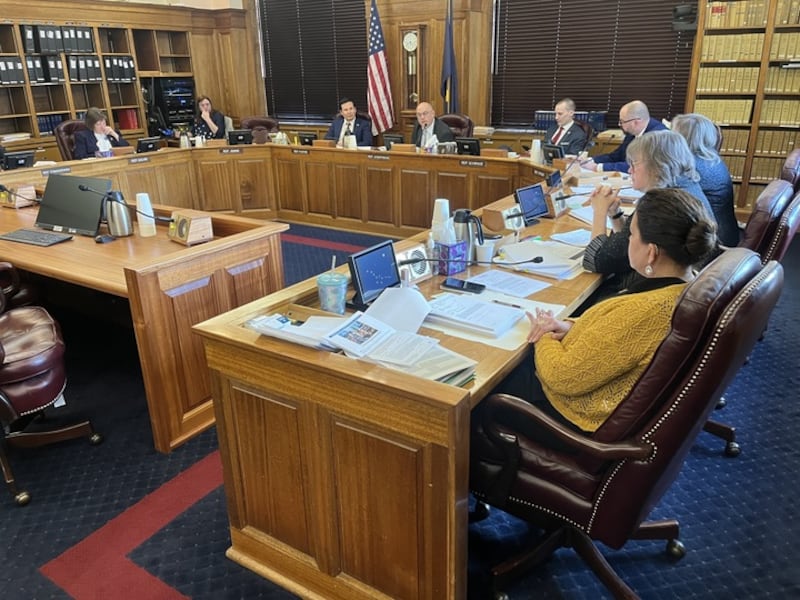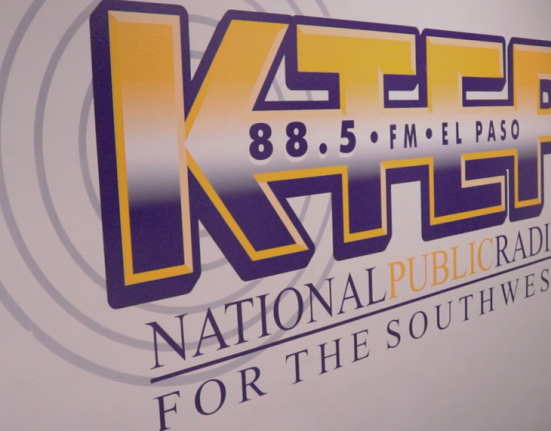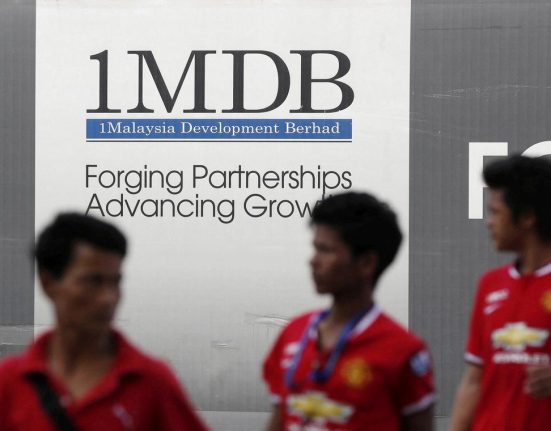
JUNEAU — Progress on the budget has slowed in the Alaska Legislature’s House Finance Committee with sharp divides over the size of a school funding boost and the annual Permanent Fund dividend.
The Legislature is facing a $680 million deficit over two fiscal years based on status quo spending. That includes a roughly $1,400 dividend and $175 million in additional school funding. Members of Senate majority leadership have expressed support for both of those appropriations this year.
But the Democrat-dominated House majority has backed a larger education outlay: over $275 million per year, which would widen the deficit. Caucus leadership has also signaled support for a smaller, $1,000 dividend to free up state revenue.
However, the House majority has a one-seat margin. The caucus has been unable to garner enough support for key elements of its draft budget, including on the dividend.
Some House minority Republicans want the school funding boost and PFD decided before the budget leaves the finance committee for a full vote by the House. But with a narrowly divided House, coming to an agreement on both spending items has proven difficult.
House Speaker Bryce Edgmon, a Dillingham independent, said the caucus’s slim majority was creating some “some very challenging dynamics” with a dire fiscal outlook.
”There is a strong desire to provide a meaningful Permanent Fund dividend, but also provide a meaningful increase to education as well. And that’s going to take a lot of rolling up the sleeves to get done,” he added.
Currently, the House’s draft budget for the next fiscal year that starts July 1 is around $167 million in deficit, according to the nonpartisan Legislative Finance Division.
Without deep cuts or new revenue measures, House Republicans are asking how the budget will be balanced.
“The math doesn’t work,” said Fairbanks GOP Rep. Will Stapp, a member of the minority, on Monday.
The House Finance Committee is considering two budget bills concurrently: One is the operating budget for the next fiscal year. That is used to fund state agencies, countless state programs and this year’s PFD.
The other budget bill — known as the supplemental budget — is for unanticipated expenditures for the current fiscal year, and to balance a projected $80 million shortfall from diminished oil revenue.
The supplemental budget is expected to advance soon for a vote by the full House. But it’s unclear whether there is enough support in the House to draw from savings to pay for the measure, which would require backing from minority Republicans.
Operating budget
The House Finance Committee worked past 9 p.m. on Wednesday on budget amendments. The committee got through almost half of the 96 amendments that had been prepared for the spending plan.
Budget meetings were planned Thursday and Friday, but those were canceled. Until Monday, there was no public progress on the operating budget.
Budget amendment debates continued in the committee Monday afternoon, but only for small dollar amounts. The trickier topics of the dividend and education funding remained unresolved.
Anchorage Democratic Rep. Andy Josephson manages the operating budget in the House. He suggested the size of the dividend and school funding boost can be finalized as the budget advances through legislative process into April and May.
He suggested those decisions don’t need to be made now in the House Finance Committee.
“There are members, who will remain unnamed, that want to engage in a discussion of the entire thing — all of it,” he said about the operating budget.
During amendment debates on Monday, Palmer GOP Rep. DeLena Johnson was critical of small additions being considered for the budget. She asked how the spending plan would be paid for.
The House Finance Committee adopted a $79 million unallocated cut to the budget last week. That would direct Gov. Mike Dunleavy to reduce spending from wherever he chooses. But the Legislature’s attorneys have warned without clearer guidance that a non-specific cut could be unconstitutional.
The House majority has continued to support a $1,000 boost to the Base Student Allocation — the state’s per-student funding formula — at a cost of $250 million per year. Johnson, echoing many in the Legislature, suggested that would be unaffordable.
“It’s time to stop campaigning and start governing,” she said about her majority colleagues.
Johnson added that the budget should advance from the House Finance Committee with an “agreed-upon BSA.”
The House’s draft budget contains contingency language to pay a $250 million school funding boost on a one-time basis if a permanent increase does not pass this year. That would equate to the recurring $1,000 BSA boost the House approved earlier in the month.
Eagle River GOP Rep. Jamie Allard sought to halve that backup school funding increase on Monday. But her amendment was solidly rejected on an 8-3 vote.
The draft version of the House’s operating budget also contains a full statutory Permanent Fund dividend. If approved, eligible Alaskans would receive a roughly $3,900 dividend this year, but the deficit would balloon to $1.7 billion.
The 11-member House Finance Committee has six members of the Democrat-dominated majority, and five Republicans from the minority. The narrowly divided committee remains split on the PFD, lawmakers say.
Johnson has expressed concern that the House will solely cut the dividend to balance the budget. She said the Senate majority’s preferred $1,400 dividend, using “the 75-25″ formula, seemed unlikely this year.
“I think that’s a very hopeful number,” she said.
Typically, the House takes the lead on the annual operating budget and the Senate takes the lead on the capital budget, which funds infrastructure and maintenance projects. The spending plans are then exchanged and legislators finish work on the other chamber’s budgets.
Despite the delays, the House and Senate are still planning on exchanging the budget bills on April 11.
“We think we’re still on schedule,” Edgmon said on Monday.
Supplemental budget
Lawmakers are eyeing a $200 million draw from savings to balance the deficit for the current fiscal year that ends June 30.
The supplemental budget contains around $111 million in unanticipated spending the Dunleavy administration has submitted in recent months. That includes $29 million to refill the state’s fund for natural disasters; $14.2 million to fund a Medicaid shortfall’ and $13 million for wildland firefighting with a harsh fire season forecast.
Additionally, a drop in oil revenue has widened the deficit.
To balance the current fiscal year’s budget, lawmakers are looking to draw $200 million from the $2.8 billion Constitutional Budget Reserve, the state’s main savings account.
But to spend from the CBR requires support from three-quarters of the House and Senate. Nine minority House Republicans would need to join the Democrat-dominated majority in supporting a savings draw, which gives the minority caucus leverage over spending.
Minority Republicans have not publicly announced what they want in exchange for a looming three-quarter vote.
Edgmon said he was urging caution on adding to the budget.
“My counsel to them, and to certainly our caucus, is we have a precious little amount of savings as it stands,” he said.







